The Willow Moss, also known as Fontinalis antipyretica, is a unique aquatic plant that is native to temperate regions of the world. It is a popular species among hobbyist aquarists, and is also used in the wild to help purify water in lakes, rivers, and streams.
Appearance and Growth Habits
The Willow Moss is a bright green aquatic plant that grows in dense clusters. It has a unique appearance, with long, thin stems that are covered in small, delicate leaves. These leaves are arranged in a distinctive spiral pattern, which helps to give the plant its unique look. The Willow Moss can grow up to 10cm in height, and can spread rapidly under the right conditions.
In the wild, the Willow Moss is usually found growing on rocks, submerged logs, and other solid surfaces in streams and rivers. It prefers fast-flowing water that is rich in oxygen and nutrients. The plant is able to anchor itself to these surfaces with the help of small root-like structures called rhizoids.
Aquarium Care and Maintenance
The Willow Moss is a popular choice among aquarists due to its unique appearance and ease of care. It is a hardy plant that can thrive in a wide range of water conditions, making it an ideal choice for both beginners and experienced hobbyists.
When keeping Willow Moss in an aquarium, it is important to provide it with plenty of light, as this will help the plant to grow and thrive. It also requires a moderate amount of nutrients, which can be provided through regular fertilization or the addition of nutrient-rich substrate.
One of the benefits of keeping Willow Moss in an aquarium is that it can help to purify the water. Like all plants, it is able to absorb nutrients from the water, which can help to reduce the levels of ammonia, nitrites, and nitrates. This can be particularly beneficial in heavily stocked aquariums, where high levels of waste can lead to poor water quality.
Propagation and Cultivation
The Willow Moss is a fast-growing plant that is relatively easy to propagate. It can be propagated through stem cuttings, which can then be planted into the substrate of the aquarium. It can also be grown from spores, which are produced by the plant and can be collected and grown into new plants.
If growing Willow Moss from spores, it is important to provide the plant with plenty of light and a nutrient-rich substrate. The spores can be collected by shaking the plant gently over a container, and then allowing the spores to settle at the bottom. These spores can then be collected and placed into a container with water and substrate, where they will eventually grow into new plants.
Benefits to the Environment
In addition to its use in aquariums, the Willow Moss is also an important plant in the wild. It is often used to help purify water in lakes, rivers, and streams, as it is able to absorb nutrients and pollutants from the water. This can help to improve the overall health of the ecosystem and promote the growth of other aquatic plants and animals.
The Willow Moss is also an important source of food and habitat for many aquatic species. Its dense clusters provide shelter for small fish and invertebrates, while its leaves and stems can be a source of food for grazing animals such as snails and shrimp.
Conclusion
In conclusion, the Willow Moss is a fascinating aquatic plant that has many benefits both in and out of the aquarium. Its unique appearance and ease of care make it a popular choice among aquarists, while its ability to purify water and provide habitat for aquatic species make it an important part of the natural ecosystem. Whether you are a hobbyist aquarist or a nature enthusiast, the Willow Moss is a plant that is worth learning more about.
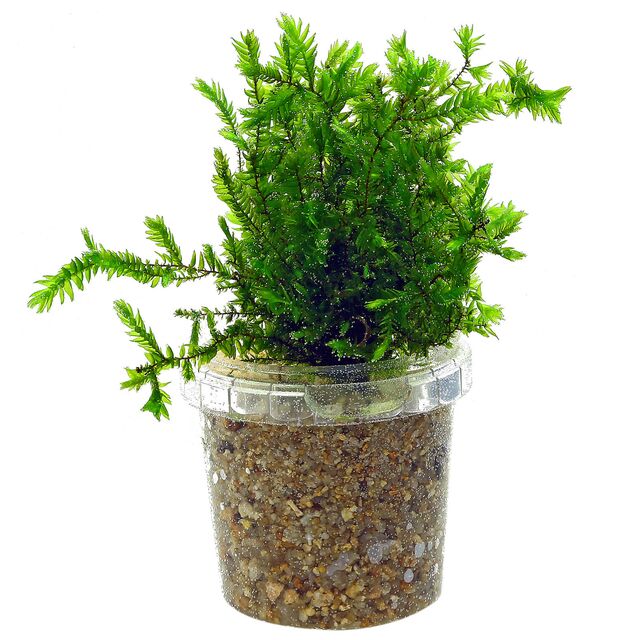
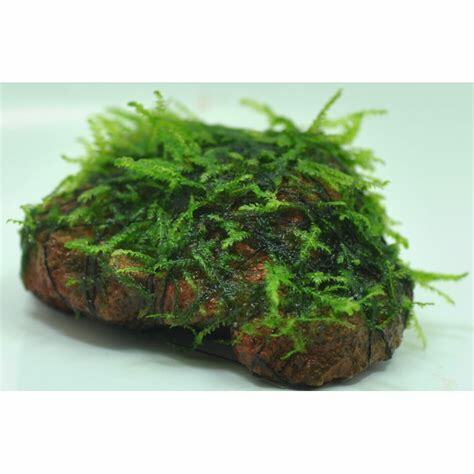
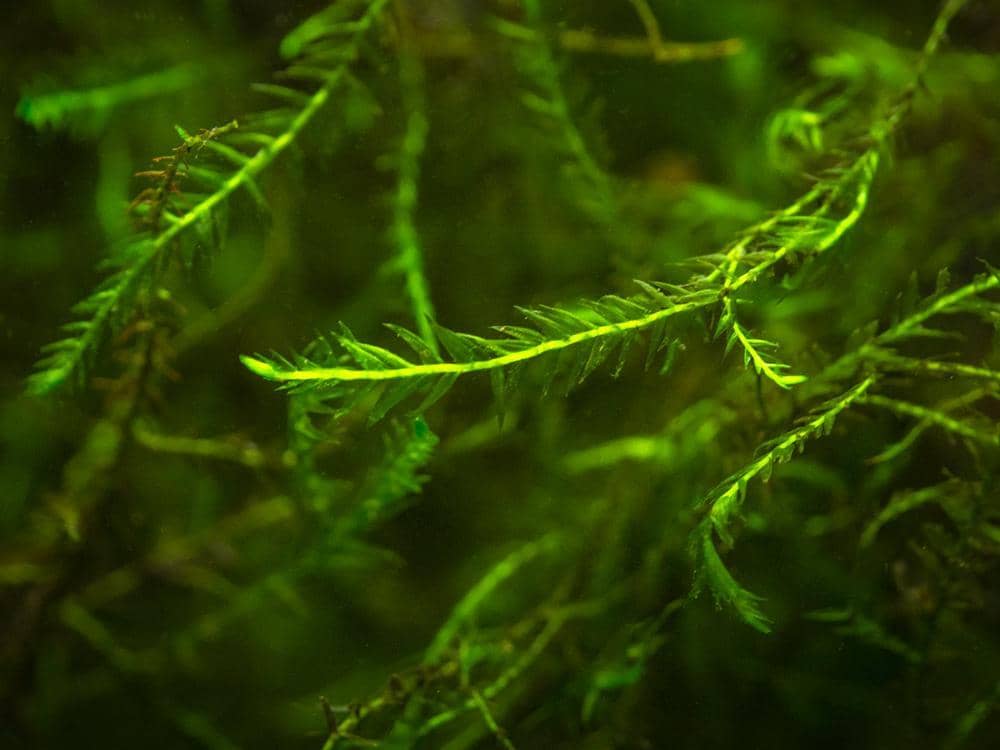
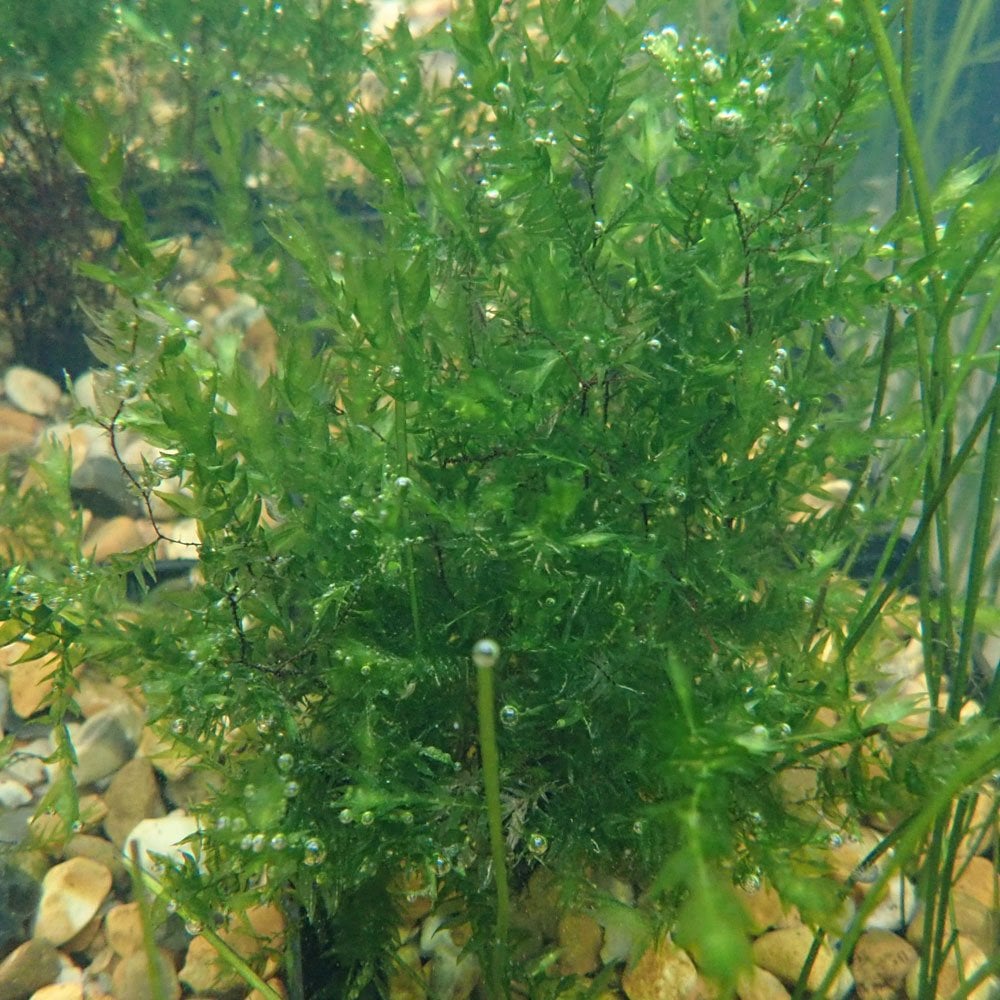
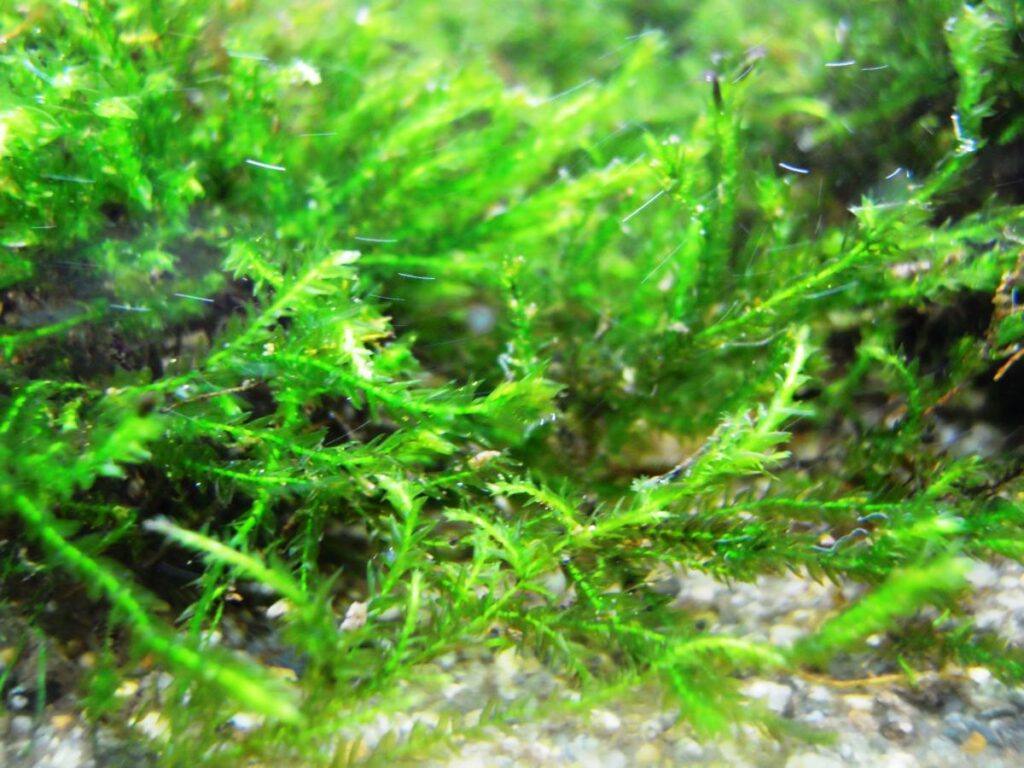
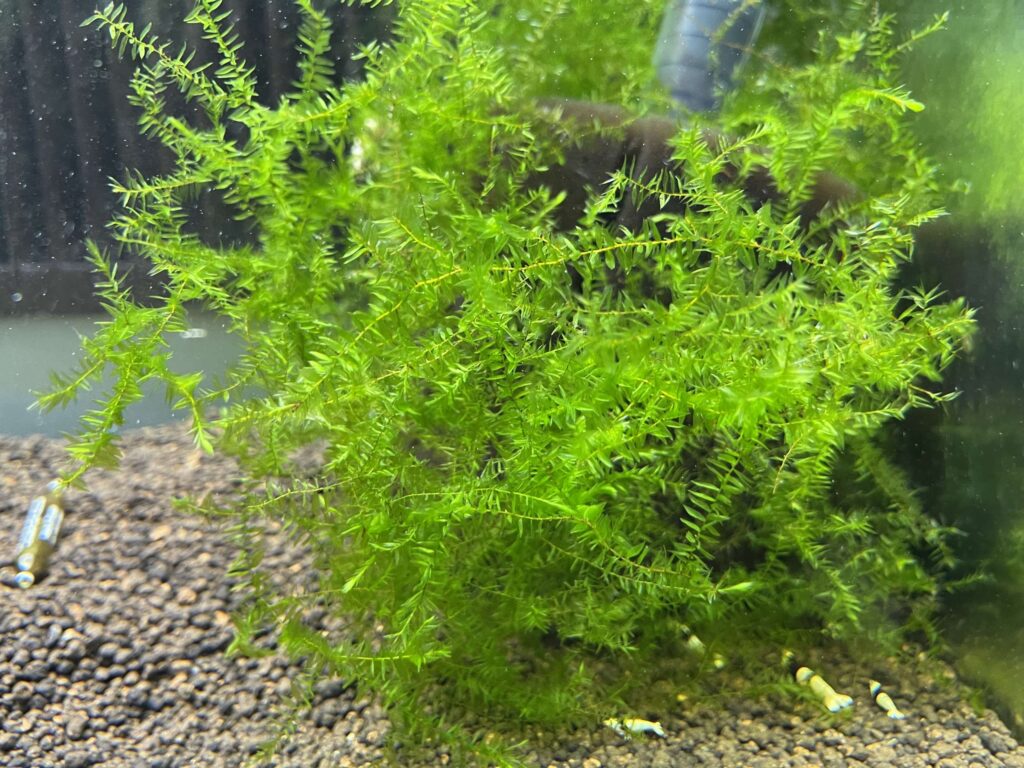
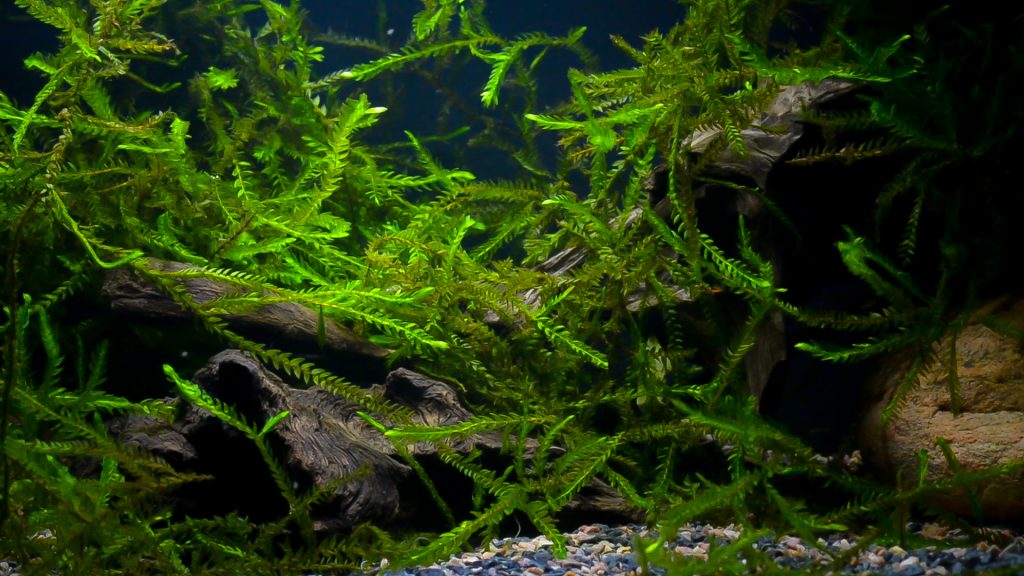
![]()
